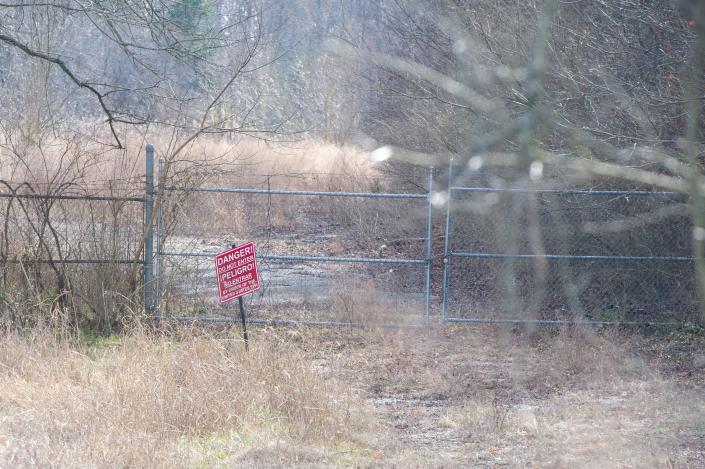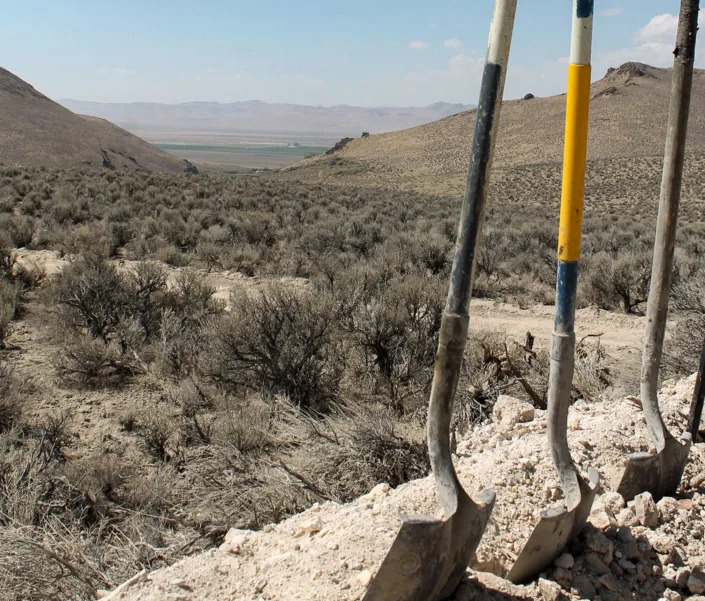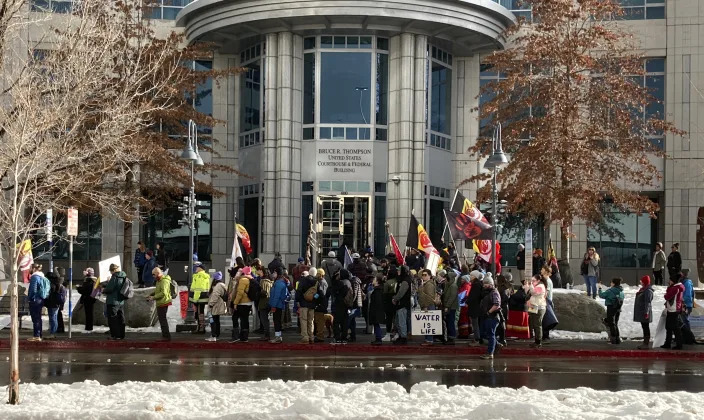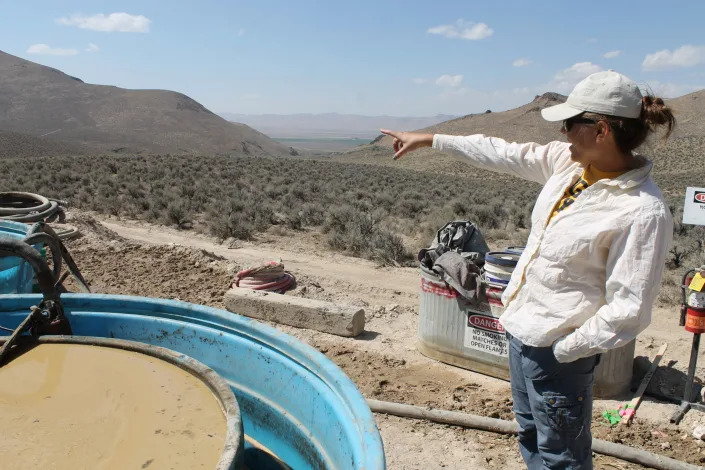\\

The former Smokey Mountain Smelters site, now a Superfund site for EPA cleanup at 1508 Maryville Pike, photographed on Friday, Feb. 10, 2023.
Anila Yoganathan, Knoxville News Sentinel
Wed, February 22, 2023
The Environmental Protection Agency is set to start work this month on the final phase of the cleanup of a contaminated former industrial site near downtown Knoxville.
The EPA will be in Knoxville on Feb. 13 for a public meeting to tell residents about the next steps in its cleanup of the Smokey Mountain Smelters Superfund site in South Knoxville.
The meeting will be 6-7:30 p.m. Feb. 13 at the South Knoxville Community Center, 522 Maryville Pike.
What is this site?
Located at 1508 Maryville Pike, the Smokey Mountain Smelters site is within 75 feet of Montgomery Village, a low-income apartment community, which includes recreational areas and a daycare center, according to the EPA. There also are single-family homes in the area.
From the 1920s to '60s, the site housed different agricultural chemical and fertilizer companies. Starting in 1979, Rotary Furnace Inc., also known as Smokey Mountain Smelters, operated there until 1994.
The operators used to recover aluminum by melting down metals, according to a 2011 Tennessee Department of Environment and Conservation fact sheet about the site.
Local and state officials began focusing on the operation in the 1980s, according to the EPA. The site was used as a landfill for years even after Tennessee's Division of Solid Waste Management told Smokey Mountain Smelters the site was not suitable as an industrial landfill.
During the same period, Knox County's Air Pollution Control department cited the company for multiple air quality violations, while residents also filed complaints.
The operators ended up leaving "hazardous materials" above and below ground at the site before abandoning it, according to TDEC.
Why is it labeled a Superfund site?
Waste left at the site includes materials that could release ammonia gas when wet, as well as a contaminated lagoon and old equipment.
In 2010, the EPA put the site on the Superfund's National Priorities List due to contaminated surface water, sediment and soil.
More on the EPA:EPA rule prompted by Kingston coal ash spill might be revised to include older landfills
"Superfund" was an act created by Congress in 1980 to regulate cleanups of contaminated sites that have popped up over the years as we learn more about environmental safety and implement stricter regulations.
The Superfund program:
Forces companies or parties responsible for contamination to do the cleanup or pay the government to do it.
If the responsible party no longer exists, such as a dissolved business, the EPA is given the funds and retains the authority to clean up the site.
The goal is to protect human health and the environment while returning the site's condition to the point it can be used again in some form.
For the Smokey Mountain Smelters site, the EPA has worked with the Tennessee Department of Environment and Conservation to clean up parts of the site as more specific plans were put in place and money became available.
Cleanup work has included removing materials, capping some waste with a temporary cap, repairing fencing and demolishing buildings.
What's the state of the site?
Between TDEC and the EPA, multiple investigations and assessments have been conducted on the site since at least 1997, in addition to the incremental clean up.
From the EPA's assessments:
Human exposure to any dangerous material at the site is under control, though the EPA does not have sufficient data to determine if "the migration of contaminated groundwater" has been "stabilized."
The site is not yet ready for use.
New developments in East TN:What you need to know about the nuclear fuel facility proposed for Oak Ridge
What will the cleanup involve?
President Joe Biden's Bipartisan Infrastructure Law will pay for the cleanup. Work is scheduled to start this month and to be finished by November.
The EPA says there will be increased traffic from heavy equipment in the area, but wants residents to know the contractors on site will keep noise pollution and dust to a minimum.
There are four phases to the cleanup plan:
Starting in February: The site will be prepared for cleanup including building of temporary workstations, clearing of the area and combining soil from two waste piles into one.
From March to June: Soil will be excavated and put into a containment area before an engineered cap is installed on top to prevent stormwater transferring the contamination to other locations. The wetlands and surrounding tributary beds will be restored during this phase.
From February to the end of May: Groundwater at certain locations will be injected with a fungicide. The bacteria reduces "contaminants in the groundwater and immobilizes metals."
From June to November: A report on the remedial action will be created and reviewed.
How can I attend the public meeting?
Residents can attend the meeting in person at the South Knoxville Community Center or online by pre-registering for the Zoom link here: https://usepa.zoomgov.com/meeting/register/vJItc-qhrzgiEuWwiSCdIew3silEl6FFdJ0
More information about the Smokey Mountain Smelters site and its history can be found here: https://cumulis.epa.gov/supercpad/SiteProfiles/index.cfm?fuseaction=second.Stayup&id=0406753#Stayup
Anila Yoganathan is a Knox News investigative reporter. You can contact her at anila.yoganathan@knoxnews.com, and follow her on Twitter @AnilaYoganathan. Enjoy exclusive content and premium perks while supporting strong local journalism by subscribing at knoxnews.com/subscribe.
This article originally appeared on Knoxville News Sentinel: Final phase of Superfund cleanup set to start near downtown Knoxville









